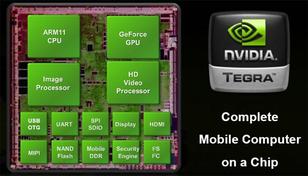
10 ARM Cortex-R Architecture interview questions answers
Explore the ARM Cortex-R architecture, designed for real-time applications requiring high reliability and deterministic performance. Learn about key features and 10 interview questions and answers.
 RF
RF






